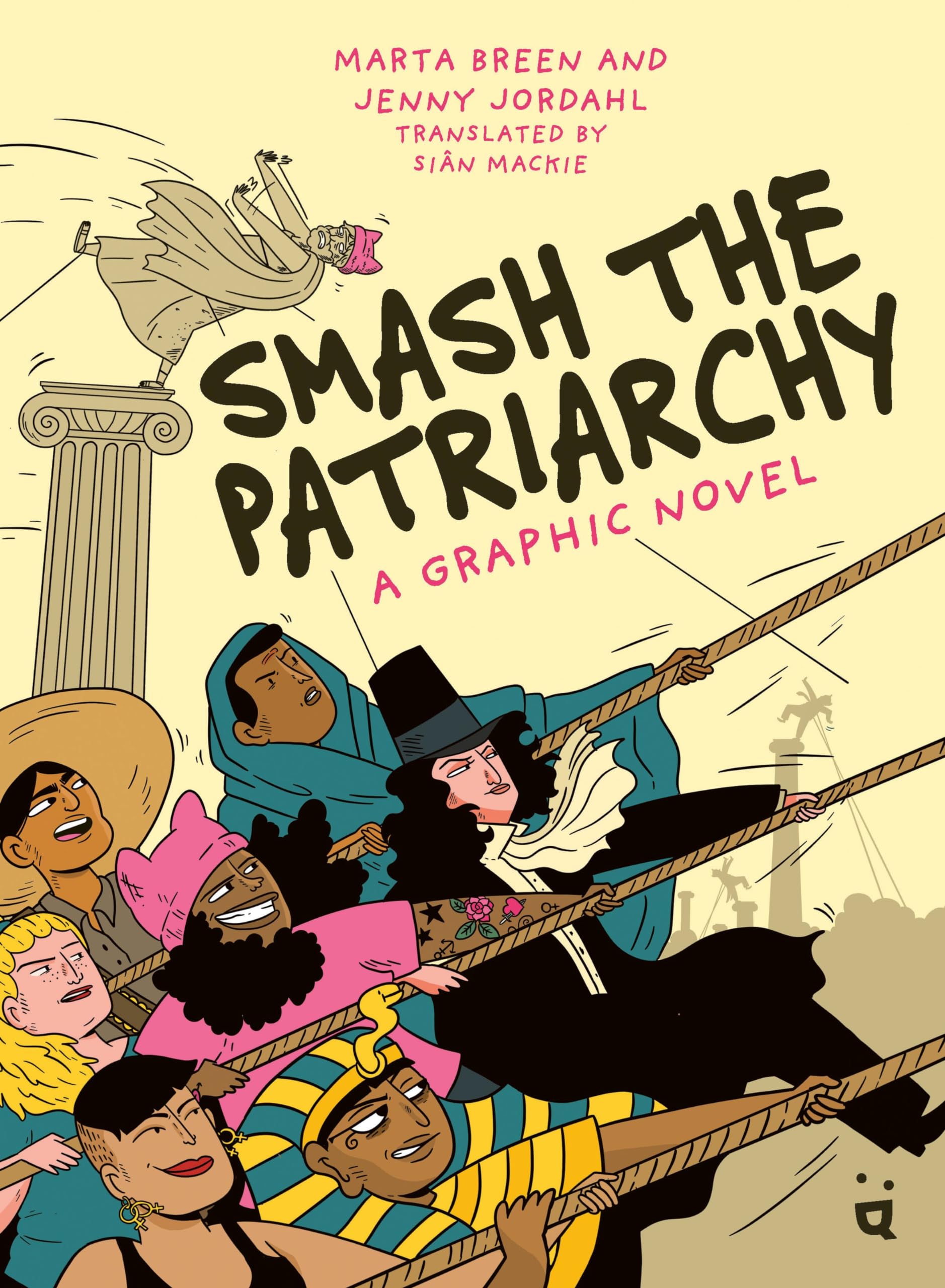Before humans recruited him to become a Dream Ranger, Oliver was a toy Labrador waiting for his career to start. During a fateful meeting with Alex and Amy – humans who can talk to toys – he learned a most curious job prospect: helping children who have nightmares by entering their dreams. Another perk is the possibility of becoming a real-life dog. Another recruiting team, Barbara and Gordon, picked up a toy Dachshund, who was bright and observant. He was the one who spotted the van break-in and detected a toy in distress in the garbage dump.
There was much to learn as the recruits made their way to the Station and Crossover, learning about the peculiarities of their lives beyond toyhood. From picking meaningful names to knowing how to work with a flesh body to understanding their unique abilities, their friendships blossomed. They relished the lessons about kindness, helpfulness, and companionship from novel experiences with each other, their human guides, and fellow rangers-in-training.
Marjorie Burns has created an out-of-this-world series that will draw in both adults and young readers in The New Cadets, a series of chapter books that follows the adventures of the Dream Rangers. As a dog-lover, I was curious about the premise of toy dogs helping children living tough lives who must deal with tearful and terrifying dreams.
It has been a while since I read a book about dogs written for children. I could not put it down; I was emotionally invested from the start. Burns excels in world-building, offering vivid descriptions of locales such as the Outer Station and the Variable Sea. With the delightful artwork of Carolyn Wilhelm, the first installation of The New Cadets brings the lovable recruits to life.
What is fascinating about Burns’ writing style is her ability to show each dog’s personality through their antics and dialogue. There are many characters in the book – both human and dog – and each exhibits a quality of self-awareness and generosity that helps create a supportive community in the Academy. For the recruits, these qualities have helped their transformation as they embrace the challenges of coping with a new reality.
I imagine that young readers in their journeys of change – such as ascending to a higher grade level in school or entering a sports club for the first time – will likely see their experiences reflected through the new cadets. Oliver, Diggity, Caleb, Dilys, Bo, Duncan, and others model the lessons of persistence, empathy, and understanding that are critical for children (and adults) who must navigate everyday challenges and conflicts. It is important to know oneself while learning to work with others with similar values of service and altruism.
Editor's Note: This review was originally published in Los Angeles Book Review.


